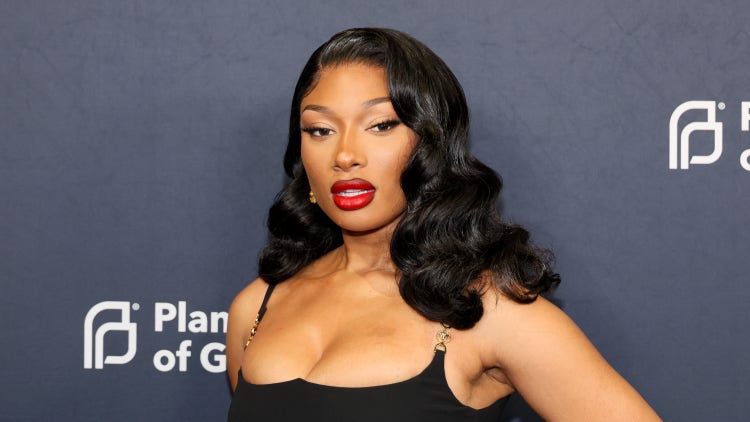Framing The Moment
Megan Thee Stallion remains a commanding force in hip-hop culture. The mere mention of her name signals both star power and a resilient persona. Recent reporting highlights a “really scary moment” that pushed her toward therapy, underscoring how artists navigate trauma in public. The story reflects a wider shift in rap, where mental health is moving from taboo to testimony.
Public Vulnerability
Therapy has become a framework for artists to reclaim narrative control. For Megan Thee Stallion, the decision to seek help carries weight beyond headlines. She has built a brand on confidence, athletic staging, and lyrical bravado, yet this turn to care reveals a deeper dimension. When megastars articulate fear and recovery, fans are invited to engage with the human stakes behind the music. It can be easy to forget that even those of us who have climbed the ladder of success succumb to moments of self-doubt and worry that we are not “good enough”. Over the years, there have been countless stories of stars at the height of their fame who were almost terrified to step on stage. Largely, though, we have learned this information when it’s too late, instead believing that they are somehow untouched by that inner voice that can tell us we don’t belong.
Megan Thee Stallion Midway
Thankfully, that is starting to change. Megan Thee Stallion has long leveraged resilience in her catalog and performances. By acknowledging a destabilizing incident, she aligns with a lineage of hip-hop figures who translate trauma into craft. From studio sessions to stage presence, emotional clarity often sharpens creative intent. The pivot to therapy can become a catalyst for more nuanced writing and fuller sonic storytelling. It can also bring artists closer to their audiences, where, in the past, it seemed too risky for their careers. For those younger fans, especially, it can be essential for them to to understand that those they idolize also suffer from insecurity and doubt
Cultural Context
The broader industry is shifting as well. Major artists now treat mental wellness as an infrastructure, not a luxury. Label strategies, touring schedules, and fan engagement increasingly account for burnout and recovery. When a figure like Megan opens up about seeking therapy, it normalizes care across the ecosystem. Listeners hear their own experiences echoed back with fewer filters. This willingness to be open about their fears is healthy for artists and fans alike.
Artistic Implications
The next phase of her career will likely reflect this chapter. Tracks might explore vulnerability without losing the club-ready precision she commands. Visuals could lean into catharsis and embodiment, contrasting soft focus with the kinetic choreography she favors. Even brand partnerships may highlight wellness, reshaping how rap’s leading women frame power and protection.
Why It Matters
Fans come to hip-hop for truth, swagger, and survival blueprints. Sharing a “really scary moment” invites collective processing, not pity. It also sets a standard for accountability and care within a genre that prizes grit. If the studio is a confessional, therapy becomes a parallel practice that stabilizes the voice behind the verses. Megan Thee Stallion turns that balance into a cultural model.
Closing Perspective
Megan Thee Stallion remains an emblem of strength, and this disclosure deepens that image. The honesty could shape forthcoming music, performances, and fan dialogue. As more artists foreground wellness, hip-hop’s future looks more sustainable. In that context, Megan Thee Stallion stands at the center of a necessary evolution.




